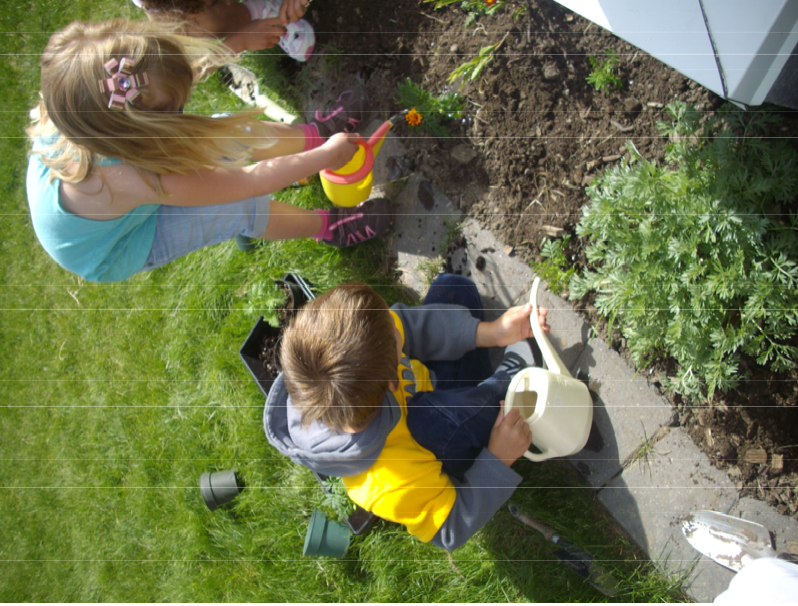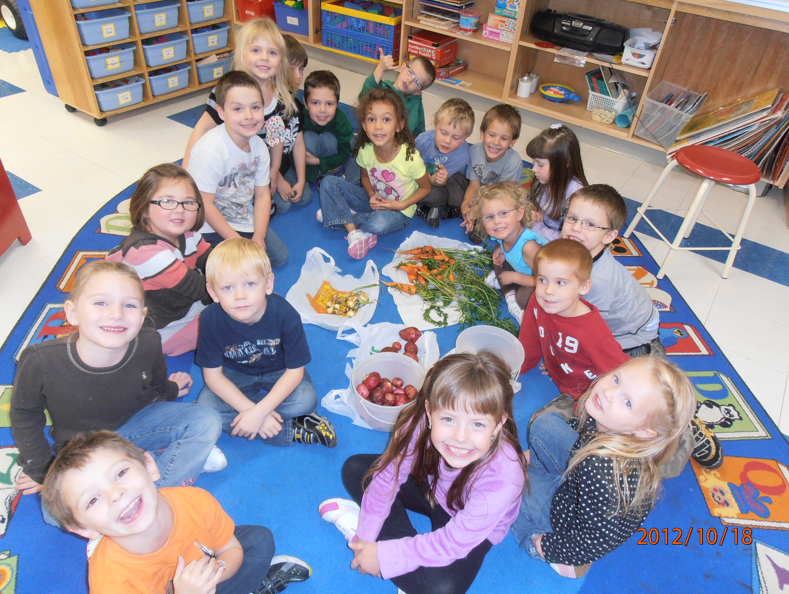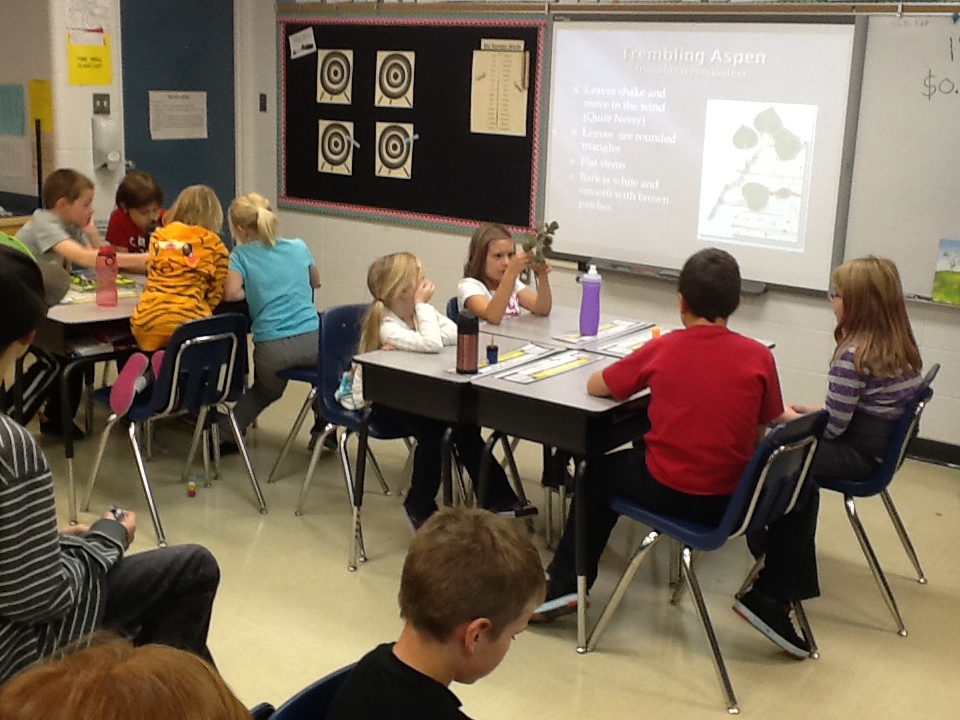Stanton Swain from Leslieville School shared an app that is fast becoming a big hit at his school. Remind 101 which is a safe way to message your class and stay in touch with parents.
https://www.remind101.com/
Inquiry
High school kids talk about project based learning - yes it is messy and chaotic.......
http://blogs.kqed.org/mindshift/2012/10/why-learning-should-be-messy/
Growth Mindset
http://blogs.edweek.org/teachers/classroom_qa_with_larry_ferlazzo/2012/10/response_classroom_strategies_to_foster_a_growth_mindset.html
https://www.remind101.com/
Inquiry
High school kids talk about project based learning - yes it is messy and chaotic.......
http://blogs.kqed.org/mindshift/2012/10/why-learning-should-be-messy/
Growth Mindset
http://blogs.edweek.org/teachers/classroom_qa_with_larry_ferlazzo/2012/10/response_classroom_strategies_to_foster_a_growth_mindset.html
3 Ways to get to Data-Driven Instruction
http://edge.ascd.org/_Data-OVRLD-Shrtcut-2-undrstndng/blog/6401409/127586.html
http://edge.ascd.org/_Data-OVRLD-Shrtcut-2-undrstndng/blog/6401409/127586.html
1. Create a data wall that aligns to the RtI model. Have teachers put relevant data on one card for reading and one card for math, and perhaps a separate card for science and/or social studies depending on your assessments. In PLCs (Professional Learning Communities), the teachers should use all data points to decide where to place each card (in red, yellow or green). It does not suffice to have a curriculum coordinator or other support personnel place the card on the data wall. When teachers have to engage with the data to decide the level of the child, they become more acutely aware of varying levels of understanding and how different data points can contribute meaning.
2. Provide practical problem-based professional development in using various data to develop lesson plans. A problem based approach to professional development can be extremely useful in complex situations. As stated in the ASCD book Energizing Teacher Education and Professional Development with Problem-Based Learning (Levin, 2001), “using PBL for teacher…professional development…offers teachers opportunities to work together to solve complex problems.” In a PD setting, give teachers a problem or scenario that involves multiple data points that may not provide the same perspective, and have them work in teams to analyze sample data and develop intervention plans based on their analysis. I am a firm believer that problem-based learning bridges a pathway between theory and practice.
3. Revitalize your Professional Learning Communities. Make sure that PLCs are focused on teachers using data to respond instructionally, rather than field trips, behavior, personal issues, etc. Create an easy form that asks teacher teams to:
--state outcome
--percentage of students at mastery of that outcome
(% mastered, % can do but not independently, % cannot do)
--an instructional plan to address each of those respective groups
Although not as simple as the single-celled green algae Chlorella, teacher usage of data can be structured in a way that provides a clear path for student achievement.
2. Provide practical problem-based professional development in using various data to develop lesson plans. A problem based approach to professional development can be extremely useful in complex situations. As stated in the ASCD book Energizing Teacher Education and Professional Development with Problem-Based Learning (Levin, 2001), “using PBL for teacher…professional development…offers teachers opportunities to work together to solve complex problems.” In a PD setting, give teachers a problem or scenario that involves multiple data points that may not provide the same perspective, and have them work in teams to analyze sample data and develop intervention plans based on their analysis. I am a firm believer that problem-based learning bridges a pathway between theory and practice.
3. Revitalize your Professional Learning Communities. Make sure that PLCs are focused on teachers using data to respond instructionally, rather than field trips, behavior, personal issues, etc. Create an easy form that asks teacher teams to:
--state outcome
--percentage of students at mastery of that outcome
(% mastered, % can do but not independently, % cannot do)
--an instructional plan to address each of those respective groups
Although not as simple as the single-celled green algae Chlorella, teacher usage of data can be structured in a way that provides a clear path for student achievement.








